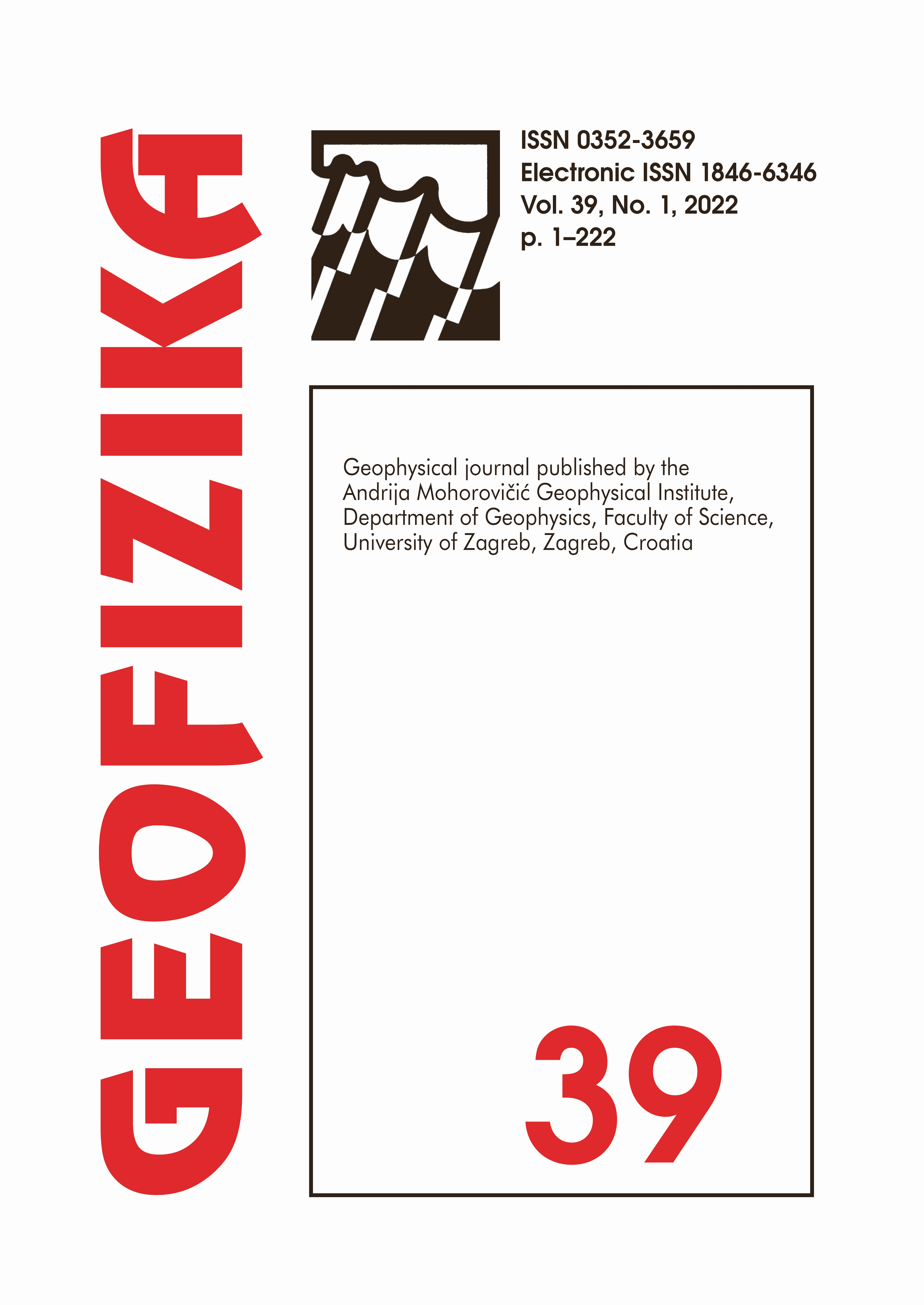A review of forest fire research directions: Different approaches for one goal
DOI:
https://doi.org/10.15233/gfz.2022.39.7Keywords:
forest fire, EFFIS, FWI, forest fire modelling, forest fire forecastAbstract
Forest fires cause environmental and economic damages every year, especially in the southern part of Europe. Approaches to estimate the fire risk vary from practical to scientific, since different professions as firefighters, meteorologists, soldiers and foresters are involved. The Internet of Things enables to connect different sources of information in one place, however, the understanding of usage and processes that caused the disaster sometimes is missing. The aim of this article is to give a comprehensive overview of nowadays possibilities for fighting with the fires and categorization of different methods, techniques and approaches. Considering the timeline of the information about fires we are dealing with, we propose three categories: past which mostly refers to analysis, present which encompasses monitoring and future covering forecasting. Each of the categories is described in detail, confirmed with related work and examples, and enriched with challenges and future directions. Dealing with forest fires is very complex, therefore it is difficult to deal with all proposed categories at the same time. However, due to the growing amount of available information and increasing interest of scientists from different research fields, there are more examples of intertwined areas dealing with forest fires. It is expected that in the future it will be possible, in real time, to handle various sources of data and forecast fire danger and risk with high spatial and temporal resolution.
Downloads
Published
Issue
Section
License
Copyright (c) 2022 Geofizika Journal

This work is licensed under a Creative Commons Attribution-NonCommercial 4.0 International License.

